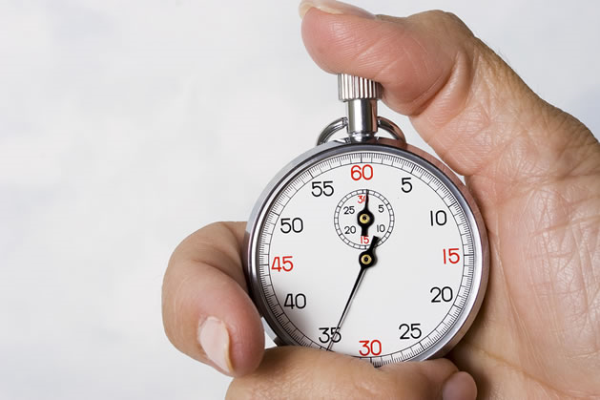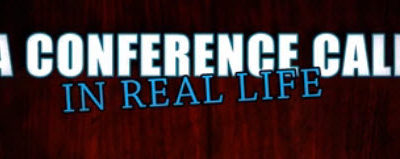It’s a cliché you hear often: Time is money. It’s a popular saying because it succinctly communicates something that resonates with everyone. Time is a precious commodity, and we all want it to count! After all, why march in place when you could be running a mile?
When our customers ask about the process for logging into conference calls, we know time is their real concern. It might not seem like it, but the time spent getting a host and participants into a conference can really add up. The simpler the process, the less time is spent just getting in, and the faster the conference can get rolling.
There are many different styles for handling conference set-ups, and they all have their benefits and disadvantages. One factor to consider with conference providers is the time required to enter the call. How many steps are involved, and how long will each step take?
Sometimes the process is simple and requires only a few seconds; sometimes it’s more complicated and requires several minutes. For example, a popular provider, GoToMeeting, recently announced that users would need to launch the GTM application from a computer or mobile device before being able to talk with attendees, even for audio-only sessions (to give the host more control). Therefore, organizers will have to use some type of computing device, be it a computer, tablet, or smartphone, and have network coverage in order to establish a conference call. We wonder how well this will work for people on the move, since they’ll need to stop, log in, and keep sufficient network coverage for the duration of the call. It’s certain to add time to their entry process even when everything goes smoothly.
 How much time? We tried it and got in at approximately 3.5 minutes (220 seconds, to be precise). Users less familiar with the interface might spend a few seconds longer. That doesn’t seem like much time, but the next highest we clocked was for a conference using a random 10-digit ID number with confirmation required. That’s a fairly convoluted process (find invitation, dial number, listen to greeting, enter conference-specific 10-digit ID, confirm the entry, and then re-do those last 2 steps since you missed a digit!), and that still clocked in at approximately 2.25 minutes (135 seconds).
How much time? We tried it and got in at approximately 3.5 minutes (220 seconds, to be precise). Users less familiar with the interface might spend a few seconds longer. That doesn’t seem like much time, but the next highest we clocked was for a conference using a random 10-digit ID number with confirmation required. That’s a fairly convoluted process (find invitation, dial number, listen to greeting, enter conference-specific 10-digit ID, confirm the entry, and then re-do those last 2 steps since you missed a digit!), and that still clocked in at approximately 2.25 minutes (135 seconds).
(See the full chart in PDF format: Conference Call Setup Times.)
A conference with a similar process (10-digit conference-specific ID) but without a confirmation step shaved off 5-10 seconds from there. Compare that to a call requiring an 800 number, but just using a 4-digit conference ID and 4-digit PIN, which shaved off a lot of time, clocking in at just 35 seconds.

The winner (shown above) was our very own VIP plan which features a host-specific 800 number with no additional entry IDs (a rare option), requiring just 15 seconds.
The delta between highest and lowest, then, is about 3.4 minutes. That still seems negligible, but if you conduct weekly conference calls (4), and have just 5 users, you’re collectively spending either 4.9 hours a month (highest) or just 0.3 hours a month (lowest) entering into conferences. Nearly 5 hours a month might matter.
Needs and particular concerns will vary from user to user. If time is important to you, be sure to compare providers’ entry processes for conference calls. Those extra minutes you spend marching in place might be better used running toward a goal!
Conference calls are supposed to save time. This article has shown there is a significant difference in how long it takes to get into a call. This affects the host and all the callers. Test your provider and make sure you’re not wasting precious time.




0 Comments